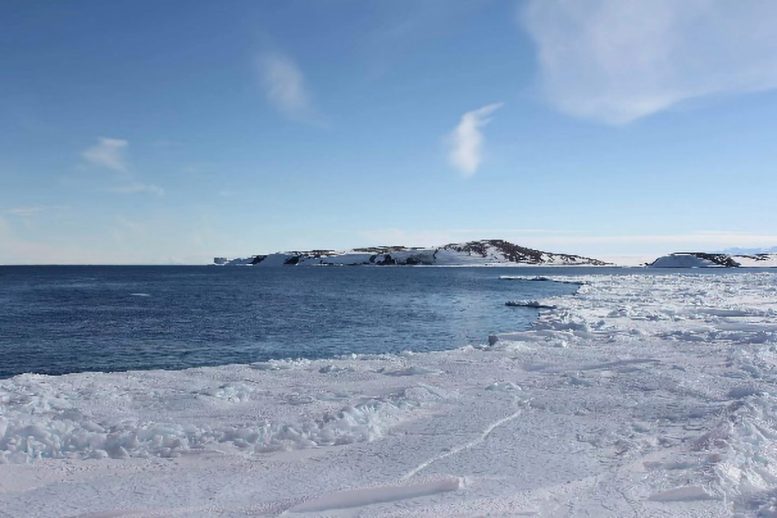
In 2023, amid rising global concerns about the warmest year on record and record-high ocean temperatures, attention turned to the Antarctic sea ice. Following a record low in February 2023, the expansion of Antarctic sea ice was unusually slow, reaching an anomaly of -2.809 million square kilometers by July 6, 2023. After setting new minimum records in February for two consecutive years (2022 and 2023) and 2023 being labeled as the “least sea ice year,” there was speculation about the possibility of reaching new historical lows in February 2024.
In November 2023, the Antarctic Sea Ice Prediction Network-South (SIPN-South) project coordinated another prediction for summer sea ice conditions, particularly for February 2024. Led by Professor Qinghua Yang from Sun Yat-sen University and the Southern Marine Science and Engineering Guangdong Laboratory (Zhuhai), the research team utilized a Convolutional Long Short-Term Memory (ConvLSTM) neural network to construct a seasonal-scale Antarctic sea ice prediction model.
Validating Predictions Through Observation
The team submitted their prediction results in December 2023, which underwent the scrutiny of peer review and were published in Advances in Atmospheric Sciences in early February 2024. In their prediction, the team foresaw Antarctic sea ice remaining near historical lows in February 2024, but with less indication of setting a new record low. The predicted sea ice area (SIA) and sea ice extent (SIE) for February 2024 were 1.441 million square kilometers and 2.105 million square kilometers, respectively, slightly higher than the historic lows observed in 2023.
“We are confident in the effectiveness of the ConvLSTM model in predicting Antarctic sea ice conditions because it performed convincingly in the eight-year reforecast experiments.” Professor Qinghua Yang shared his thoughts, “However, there’s also trepidation about a potential ‘whip-lash’ effect. Predictions await validation through observation data, after all.”
So, whip-lash or smooth landing?
Fast forward to the latest satellite observations for February 2024, and the results are in. The observed SIA and SIE values for February 2024 are 1.510 million square kilometers and 2.142 million square kilometers, respectively, close to the historical lows recorded in 2023 (1.151 million square kilometers and 1.913 million square kilometers). The comparison between the predictions and observations indicates a remarkably close alignment, reinforcing the reliability of the forecasting system.
Furthermore, the sea ice area and extent from December 2023 to February 2024 fall within one standard deviation of the predicted values, underscoring the reliability of the forecasting system. The successful comparison between the prediction and observation data validates the accuracy of the ConvLSTM model and its potential for reliable Antarctic sea ice forecasting. This result, submitted to the SIPN-South international comparison project in December 2023, positions it as one of the best-performing predictions among the 15 contributions.
“As we look over these comparison results, there’s a feeling of relief and a boost in our confidence. “ Professor Qinghua Yang reflects, “As the Earth enters a period dubbed the ‘boiling era,’ marked by the conclusion of 2023 as the ‘warmest year since industrialization’, our successful prediction not only underscores the significance of strengthening Antarctic sea ice prediction research but also demonstrates the substantial application potential of deep learning methods in this critical area.”
Reference: “Deep Learning Shows Promise for Seasonal Prediction of Antarctic Sea Ice in a Rapid Decline Scenario” by Xiaoran Dong, Yafei Nie, Jinfei Wang, Hao Luo, Yuchun Gao, Yun Wang, Jiping Liu, Dake Chen and Qinghua Yang, 6 February 2024, Advances in Atmospheric Sciences.
DOI: 10.1007/s00376-024-3380-y
1 Comment
“Furthermore, the sea ice area and extent from December 2023 to February 2024 fall within one standard deviation of the predicted values, underscoring the reliability of the forecasting system.”
68% probability seems to be about par for climatology. Whereas, most other sciences use 2-sigma (~95% probability) and high-precision physics experiments achieve 6-sigma routinely.